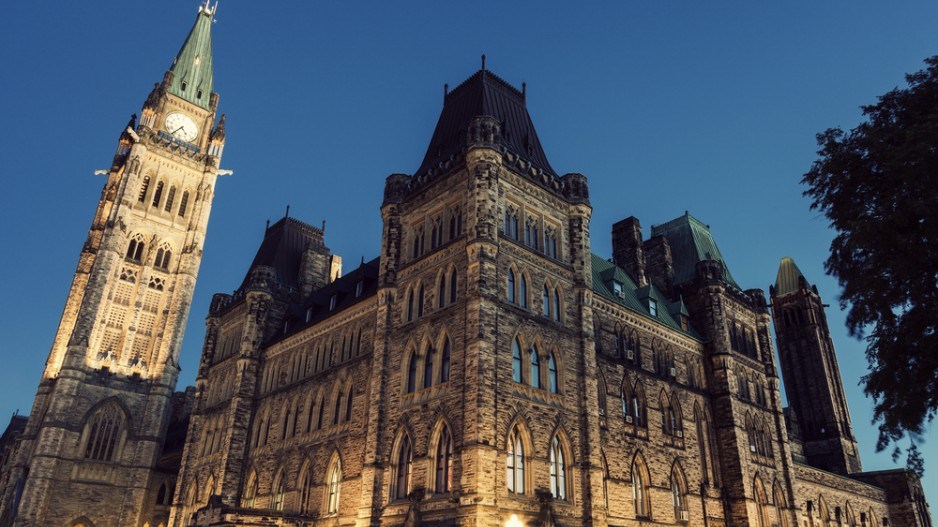The jokes and memes that have invaded social media following the Canadian federal election have included a bit of everything. For every disenchanted Conservative Party supporter who points to a victory in the “popular vote,” there is a counterpoint that outlines how its members were never fully behind the idea of electoral reform.
A Research Co. “exit poll” of Canadian voters asked about the possibility of changing the electoral system at the federal level and found some appetite among those who actually cast a ballot in October.
A move to a party-list proportional representation system is attractive for 51% of Canadian voters, while about one-in-five (18%) disagree with it and 28% are undecided. Countries that rely on this method right now to elect their lawmakers include Austria, Denmark, Finland, Israel and Spain.
Voters in Alberta and Quebec are more likely to support a change to party-list proportional representation (58% each) than their counterparts in Manitoba and Saskatchewan (53%), Ontario (47%), British Columbia (46%) and Atlantic Canada (45%).
A second system, named mixed-member proportional representation, is more contentious. The regulation calls for a hybrid method where a portion of a legislature would be elected in first-past-the-post constituencies and another one with party-list proportional representation. Germany, New Zealand, South Africa and the devolved legislatures of Scotland and Wales in the United Kingdom currently utilize this system.
While 39% of Canadian voters would agree to move to a mixed-member proportional representation system, 28% are against it and 33% are undecided.
In Quebec, which effectively has the only functioning regional party in the country, the notion of having a second vote that can be allocated to a party list is particularly enticing. While 50% of voters in Quebec endorse a move to mixed-member proportional representation, no other region in the country comes close. British Columbia is a distant second, at 41%.
Over the past few days, we have seen exercises that take the results of the most recent first-past-the-post Canadian federal election and chart them under a proportional representation system. This is a technically incorrect manner of analyzing the feelings of the electorate. The best way to actually figure out what voters would do if they were casting their ballots with different regulations is to ask them.
The “exit poll” asked Canadian voters to imagine that the federal election was already happening under each one of these systems. At first glance, an election with the party-list proportional representation appears to mirror the latest first-past-the-post democratic process. The Conservative Party and the Liberal Party are practically tied among decided voters (34% and 33% respectively), with the New Democratic Party in third place (18%).
The Green Party and the Bloc Québécois would be tied at 6%, roughly the same level each garnered in the first-past-the-post election. But the People’s Party, which was shut out of the legislature and only received 2% of the popular vote, would increase its share to 4%.
In two provinces, the numbers go through meaningful shifts. The Liberals would gain support in British Columbia with this system (34%, with the Conservatives at 31%). In Ontario, where the Grits achieved a sizeable advantage over the Tories on October 21, Canada’s two major parties would be statistically tied.
The threshold for entry into the House of Commons would also have to come into consideration in a party-list proportional representation system. If it is 4%, like in Bulgaria, Sweden and Slovenia, the People’s Party would hold seats in the House of Commons. If it is 10%, as is the case in Turkey, the lower house would only have Conservatives, Liberals and New Democrats.
When asked to ponder their “second” party-list vote under a mixed member proportional representation system, it is the Liberals that jump to first place (34%), followed by the Conservatives (31%) and the New Democrats (17%). The other parties remain in single digits.
The high proportion of voters who have no clear view of the two possible systems suggests that Canadians have not followed electoral reform with the same enthusiasm of political junkies. If our system were to change, however, the vote fluctuations would not be overly dramatic, although there would be some regional nuances that would affect campaign plans.
In any case, there does not seem to be a certified appetite for electoral reform in this Parliament, especially after the Liberals abandoned their promise to enact it a couple of years ago. New Democrats and Greens in the House of Commons will endeavour to keep the debate alive, as they continue to see themselves as the main beneficiaries of a change and the biggest victims of first-past-the-post.
Results are based on an online study conducted from October 20 to October 21, 2019, among 803 adults in Canada who voted in the federal election. The data has been statistically weighted according to Canadian census figures for age, gender and region in Canada. The margin of error — which measures sample variability — is plus or minus 3.5 percentage points, 19 times out of 20.




